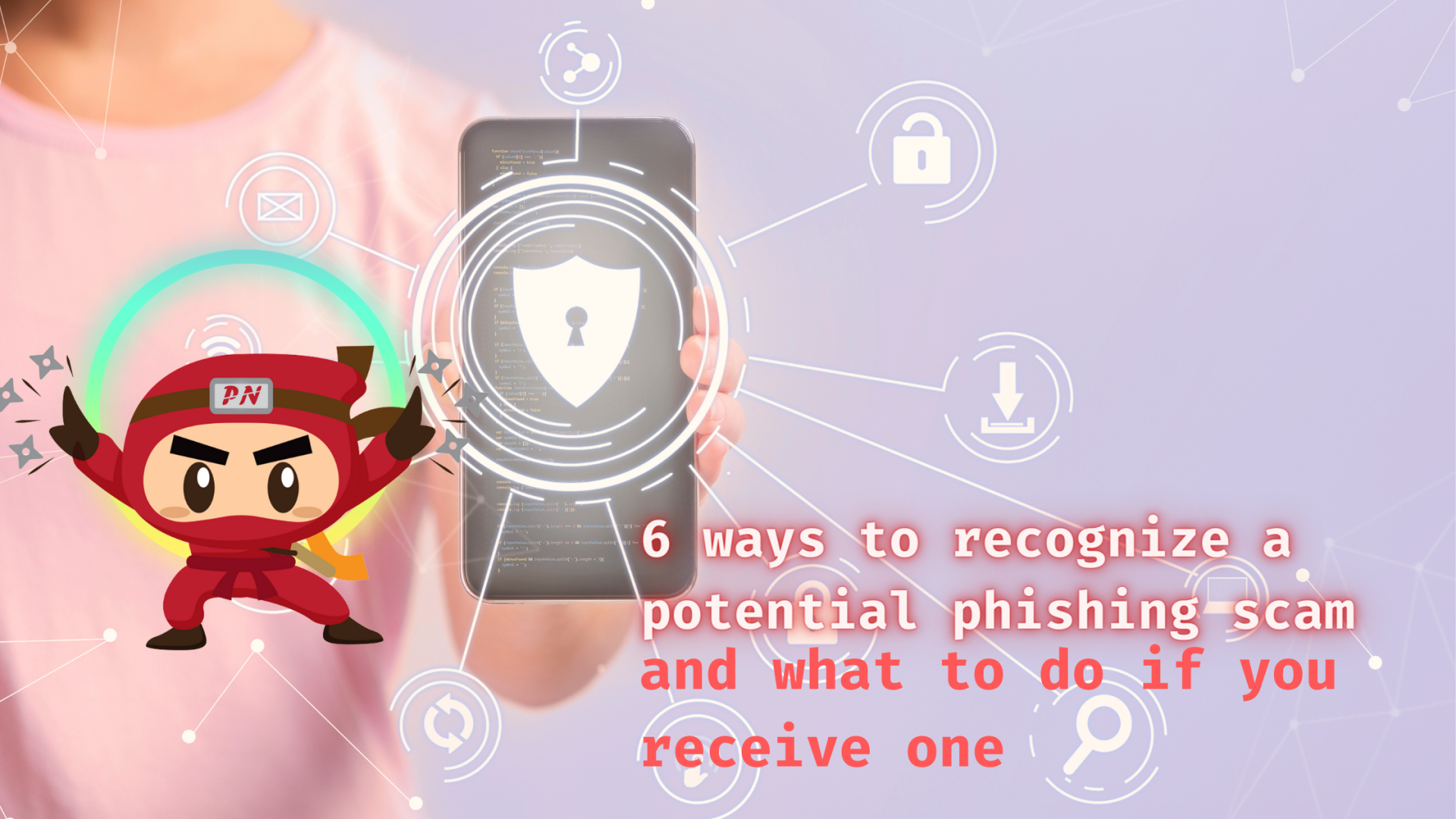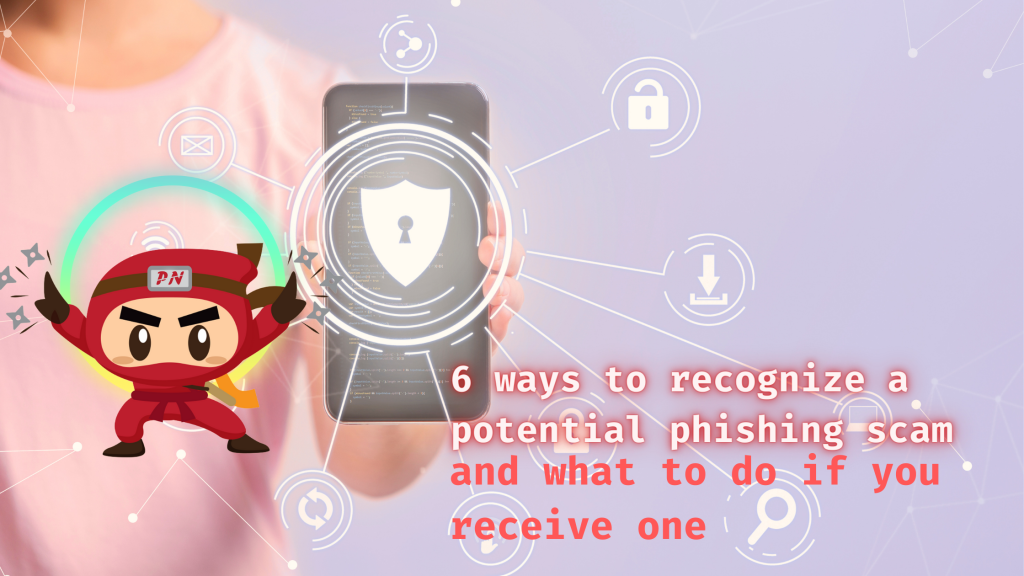KEEP IN TOUCH
Subscribe to our mailing list to get free tips on Data Protection and Cybersecurity updates weekly!







SINGAPORE – According to the Singapore Police Force (SPF), a new variant of phishing scam has been making rounds using spoofed SMS messages to target bank customers.
All in all, a total of 374 phishing scam cases has been reported with an estimated $1.07 million SDG as losses for the months between January and May this year.
On July 10, 2021, the SPF said that the unsuspecting victims of phishing scams would typically receive text messages informing them that there were payment attempts in their bank accounts and if they are not the one who made such transactions, they are urged to click the link provided.
When victims click the link, they will be redirected to the phishing website that would appear like the official website their bank. From then and there, their banking details and other necessary information will be asked.
According to SPF, after providing the necessary details in the phishing scam website, the unsuspecting victims will now realize that they have been scammed after knowing that there were fraudulent transfers from their bank accounts. To stop this, here are 6 ways to recognize a potential phishing scam:
Also Read: What is Smishing? How Can We Prevent It? Explained.
The most common attempt cybercriminals use is misleading the unsuspecting victims that what they see in their screens are genuine. To avoid this, one must properly check the contents of your bank’s official website. Users must check it thoroughly and check for words and phrases that are misspelled or inconsistent.
One must be cautious of emails and text messages instructing you to click a link or open an attached file as soon as possible. A trick cybercriminals commonly use is instilling fear, panic, and a false sense of urgency hoping that you’ll comply with the instructions given and provide your confidential information.

Receiving an unusual email from someone you don’t know can be a sign of phishing. If you received such, thoroughly examine its contents, never click links, and never open attachments it might have. If need so, delete the email immediately if you feel something’s fishy.
User’s devices can be infected with malware and steal their data. A way to infect such device is through malicious attachments and links. To avoid this, always exercise caution and avoid opening them if you suspect that such email message is a scam.
False rewards are one of the tricks employed by cybercriminals. When offered over the moon deals and unbelievable prizes, be wary and reflect if such offers are realistic and not only designed to pull you into the scam.
Legitimate companies and organizations does not have misspelled words and grammatical errors. All of their websites are done professionally as these are reviewed by their editorial team to ensure quality. If you see any inconsistencies in an email message, then it is highly probable that it is a scam.
According to SPF, never disclose your personal information, banking details, and one-time passwords (OTP) to anyone. Always remember that banks never ask your personal information over the phone or by any other digital means. These are never the practice as it serves as your protection from scams.
It is imperative on your part not to rashly click any malicious links or attached files from unsolicited messages. Always verify its source and if it is unexpected, delete it if you must. Moreover, if compromised, you should immediately call your bank and report such transactions as soon as possible to cancel your debit or credit cards and to stop further losses.
Also Read: Data Protection Act of Singapore: Validity in the Post-pandemic World